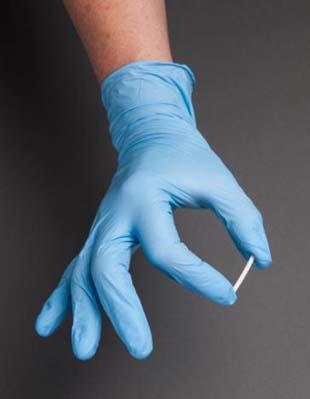- Joined
- Jan 23, 2013
- Messages
- 30,611
FDA approves first drug-oozing implant to control addiction
May 26, 2016

WASHINGTON -- Federal health officials on Thursday approved an innovative new option for Americans struggling with addiction to heroin and painkillers: a drug-oozing implant that curbs craving and withdrawal symptoms for six months at a time.
The first-of-a-kind device, Probuphine, arrives as communities across the U.S. grapple with a wave of addiction tied to opioids, highly-addictive drugs that include legal pain medications like OxyContin and illegal narcotics like heroin.
The implant from Braeburn Pharmaceuticals is essentially a new delivery system for an established drug, buprenorphine, which has long been used to treat opioid addiction. But its implantable format could help patients avoid relapses that can occur if they miss a medication dose.
More than 2.5 million Americans are addicted to opioids, according to federal estimates. But less than half are receiving medication-based treatment to help control the problem.
The matchstick-size implant slowly releases a low dose of buprenorphine over six months. Previously the drug was only available as a pill or film that dissolves under the tongue. It is considered a safer, more palatable alternative to methadone, the decades-old standard for controlling opioid addiction.
cont http://www.cbsnews.com/news/fda-approves-first-drug-oozing-implant-to-control-addiction/
May 26, 2016

WASHINGTON -- Federal health officials on Thursday approved an innovative new option for Americans struggling with addiction to heroin and painkillers: a drug-oozing implant that curbs craving and withdrawal symptoms for six months at a time.
The first-of-a-kind device, Probuphine, arrives as communities across the U.S. grapple with a wave of addiction tied to opioids, highly-addictive drugs that include legal pain medications like OxyContin and illegal narcotics like heroin.
The implant from Braeburn Pharmaceuticals is essentially a new delivery system for an established drug, buprenorphine, which has long been used to treat opioid addiction. But its implantable format could help patients avoid relapses that can occur if they miss a medication dose.
More than 2.5 million Americans are addicted to opioids, according to federal estimates. But less than half are receiving medication-based treatment to help control the problem.
The matchstick-size implant slowly releases a low dose of buprenorphine over six months. Previously the drug was only available as a pill or film that dissolves under the tongue. It is considered a safer, more palatable alternative to methadone, the decades-old standard for controlling opioid addiction.
cont http://www.cbsnews.com/news/fda-approves-first-drug-oozing-implant-to-control-addiction/
